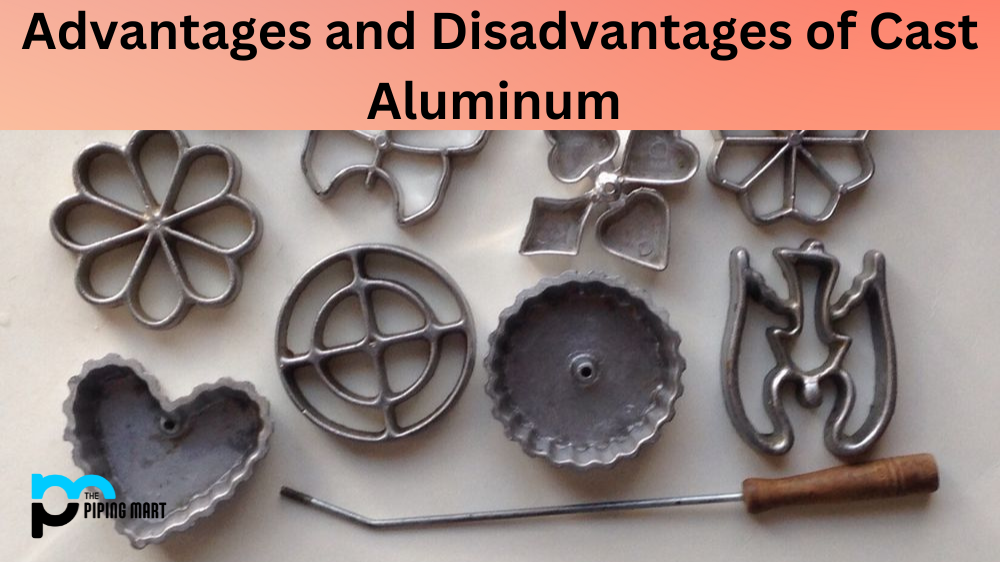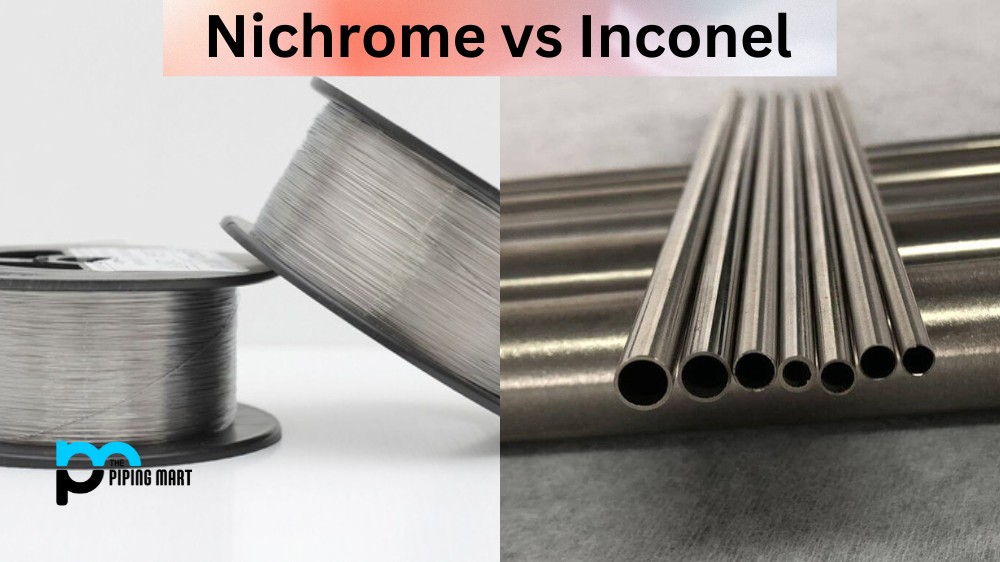Soldering copper pipe is a skill that’s useful for any homeowner. While it may seem intimidating, soldering can be done in a few simple steps—one of the most important things to remember when soldering is to use flux. Flux helps solder adhere to your pipes, and it also helps protect them from corrosion. In this blog, we’ll discuss why flux is important and walk you through the process of using flux when soldering copper pipe.
What Is Flux?
Flux is an acidic paste that’s used in many types of projects, including soldering copper pipe. It has several purposes when it comes to soldering; primarily, it helps solder stick to the surface of the metal being worked on. Additionally, flux helps protect against oxidation and corrosion—since solder won’t adhere to rusted or corroded surfaces, it’s critical that you use flux when working with copper pipes.
Applying Flux
To apply flux correctly:
- Start by cleaning off any dirt or rust on the pipe with steel wool or sandpaper. Once the surface is clean, you can apply the flux using a brush or cloth—make sure all areas are covered evenly with an even layer of flux paste.
- Apply more than one layer if needed—the layers should be thin enough to dry quickly and easily without dripping off the pipe.
- Make sure you also get into any crevices where solder may need to go; this will help ensure a strong bond between your pipes and your solder once everything is dry.
Soldering With Flux
Once your pipe has been properly prepped and coated in flux paste, you can begin applying your solder. Start by heating an area of the pipe until it’s hot enough for the solder to melt (you’ll know because it will start to sizzle). Once your joint starts melting, remove your heat source (e.g., torch) and let everything cool before touching it again; otherwise, you could burn yourself! When everything has cooled down completely (it should only take a few minutes), check that all areas have been adequately sealed by running water over them; if any leaks are present, repeat the process until they are sealed up tight.
Conclusion:
Using flux when soldering copper pipe helps ensure a stronger bond between two pieces of metal and protects against oxidation and corrosion over time. Applying flux correctly requires careful preparation—ensure any surface dirt or rust is removed before applying multiple thin layers of paste evenly over all necessary areas on the pipes themselves. Finally, use a heat source such as a blowtorch to melt solder onto each joint before allowing everything to cool down completely before touching anything again—if done correctly, this should result in strong connections without any leaks! By following these steps carefully every time you work with copper piping, you’ll have no trouble creating strong bonds that stand up against wear and tear over time!

Pipingmart is a B2B portal that specializes in metal, industrial and piping items. Additionally, we share the latest information and information about materials, products and various types of grades to assist businesses that are involved in this business.




